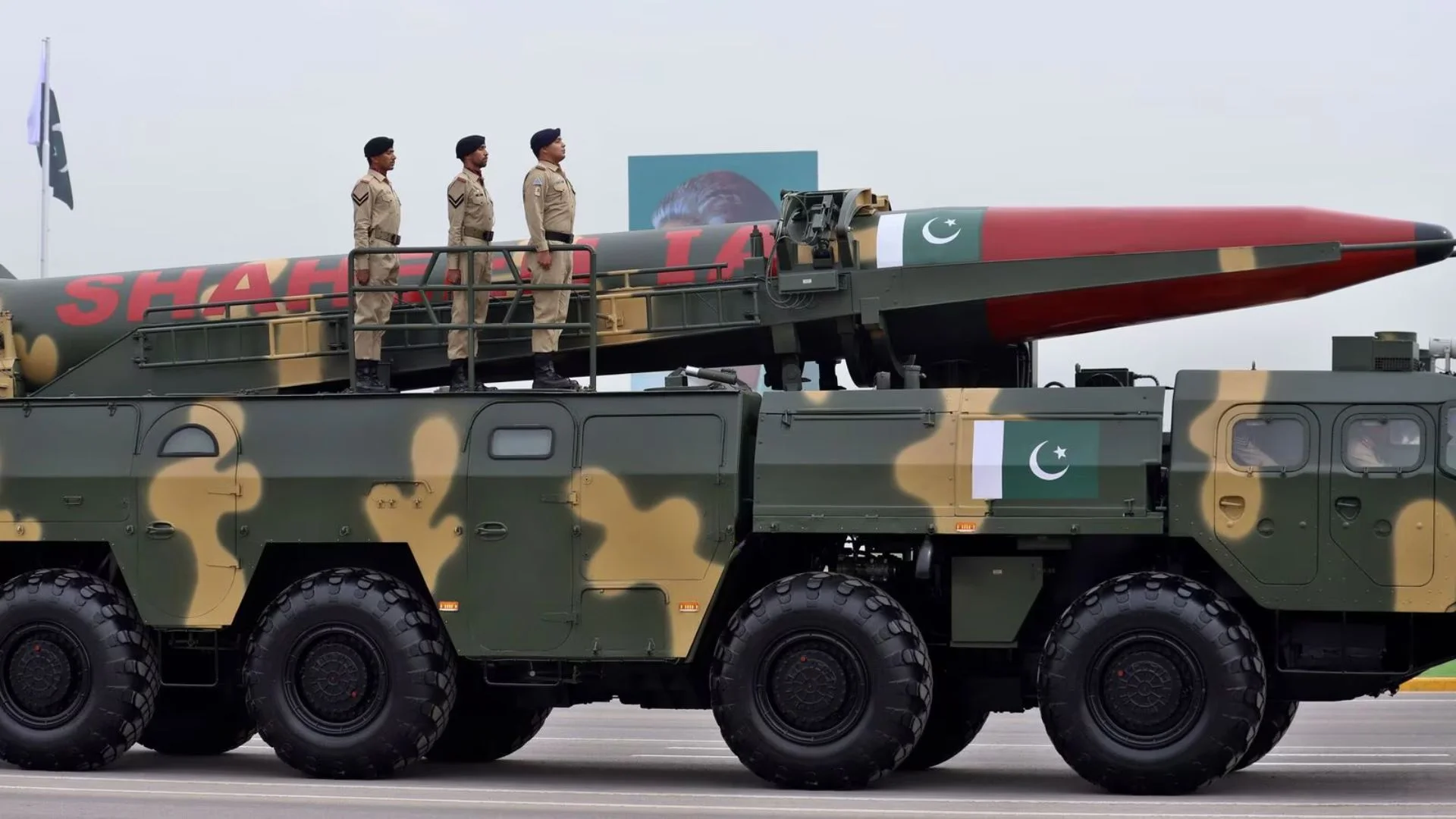
December 16, 2022, the 51st Victory Day of Bangladesh, the historic day marking the defeat of Pakistani armed forces in 1971, and independence of Bangladesh. The combined east and west Pakistani GDP of 1970 was around $10 billion, and today Pakistan (west) has a GDP little less than $350 billion, 75 years after its independence, with a population of 230 million and a land size of roughly 8,00,000 sq km. In contrast, Bangladesh today, 51 years after independence, has a GDP of around $465 billion, with a population of around 170 million, and with land size of 1,50,000 sq km only. Remarkable growth.
Second, with no documented textiles exports of united Pakistan in 1970, its eastern part, today Bangladesh, is the second largest exporter of textiles and ready-made garments in the world, crossing $46 billion in the last financial year (2021-22). And, this is in a nation where most freedom fighters half a century ago (Muktijoddha) did not have adequate plain clothes while fighting for independence. Yes, locally branded garments exports is not even $1 billion till date, though there is a remarkable domestic growth of garments brands like Arong, Yellow, Seaman, Richmen, Lubna, Grameen Check, and the like, and Dhakai Jamdani saris is a universal favourite.
Third, there have been challenges to democracy with military rulers, some benevolent some dictatorial, capturing power in this half century, and with elected governments often being questioned for the sanctity of elections. However, the incumbent Prime Minister, Sheikh Haseena, of governing Awami League, has just the other day promised the nation that the next general elections shall be conducted, and in all fairness, in the first week of January, 2024. The main opposition party, Bangladesh National Party (BNP), has started organising mass meetings to galvanise its cadre as well. We can reasonably hope that the elections shall be held punctually and fairly.
Fourth, the educational network in Bangladesh has grown to 24,000 schools and junior colleges till Higher Secondary level, and 164 universities of which 106 are private ones bringing in reasonably a large amount of private investments in higher education. With literacy exceeding 78 per cent of the population, with male-female literacy rate being almost same, and 2.4 million children enrolled in schools and 4.6 lakh in higher education, annual public education budget of the nation being almost $8 billion. The latest feather in the cap is the new “blended education” system of the government, which looks at no-tech, low-tech and high-tech, all forms of education blending the physical and the distant (through internet, television, radio) at all levels of education.
Fifth, led by Grameen Bank, BRAC, ASA and TMSS, Bangladesh has seen a revolution of sorts in micro-finance, which is turn has led to the blooming of the MSME sector in the country. Today more than 7 out of 10 employees of micro finance institutes and micro & small enterprises are women, and so are in the textiles sector. The MSMEs account for 28 per cent of GDP, 80 per cent of industrial jobs, and contributing to the consistent 6 to 9 per cent growth-rate of the economy.
Sixth, a major area of challenge is the rapid growth of population. While the population density of Pakistan is 287 per square kilometer, it is 464 for India, but Bangladesh has a high 1,265 people per sq km! This leads to immense pressure on land, depleting forest cover, quality of life, quantity and quality of rivers (many of which are drying up), and climate change. The best tourism resources of St Martin’s Island, Cox’s Bazar, Bandarban, or Sylhet areas are in a state of excessive over-use. The pressure on capital Dhaka, with a residential population of nearly 30 million and another 12 million coming in for work every day, are mind-blogging leading to traffic congestion, and crying for decentralization of power and institutes among the 8 divisions of the country (soon to be ten).
Bangladesh is on the cusp of a leap forward, having already moved from under-developed to a developing nation in the last decade, and with promises to be a mid-level developed nation in the next decade, while the current government has laid the roadmap for a fully developed economy status by 2041.
Potentials are there, provided population spike is tamed, and decentralisation happens across the nation. Half a century later, Bangladesh surely is a land of great promise, vibrant culture, great entrepreneurial spirit, with women partnering in the economy remarkably.
The author has been frequently travelling to Bangladesh for more than a year now as the strategic adviser and professor of the largest private university, Daffodil International
University.















